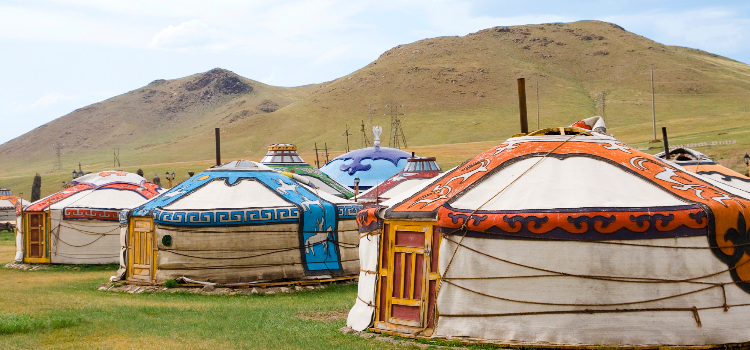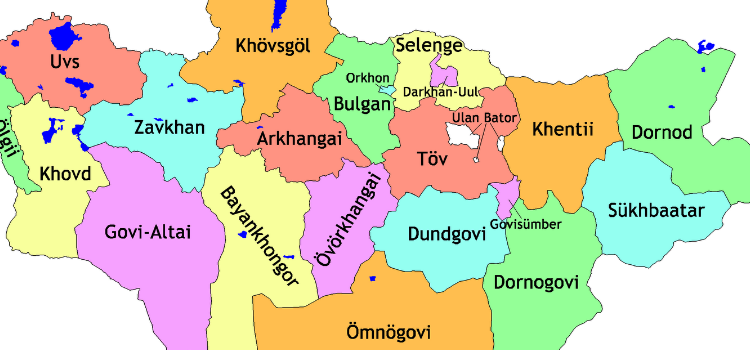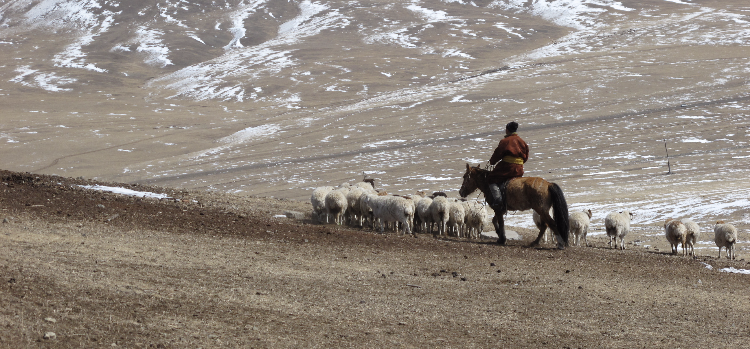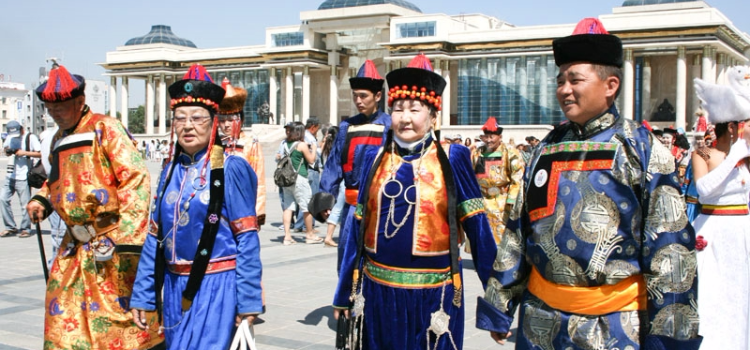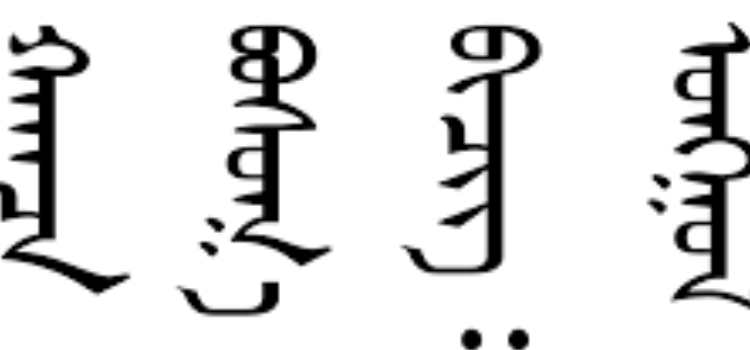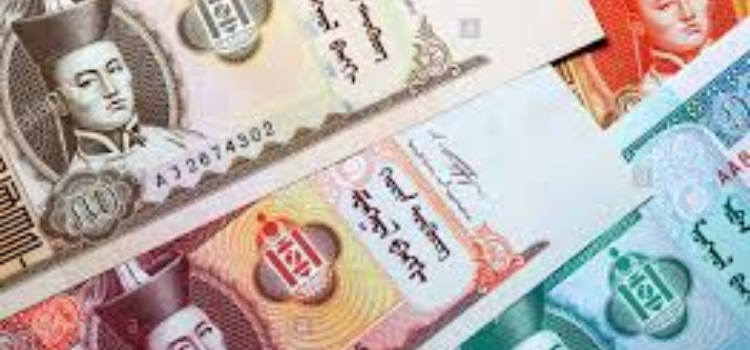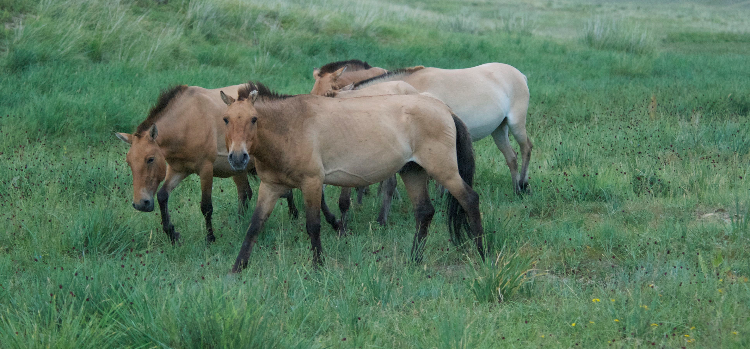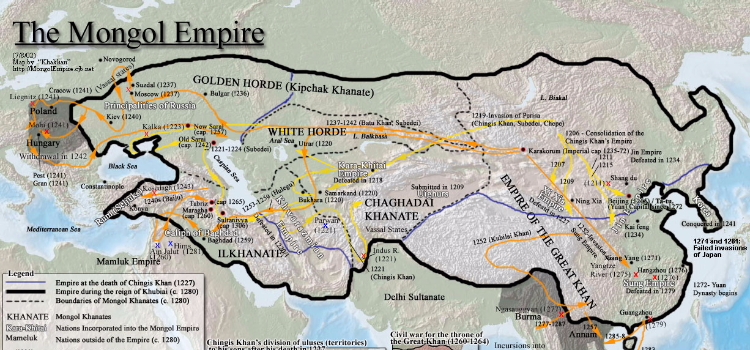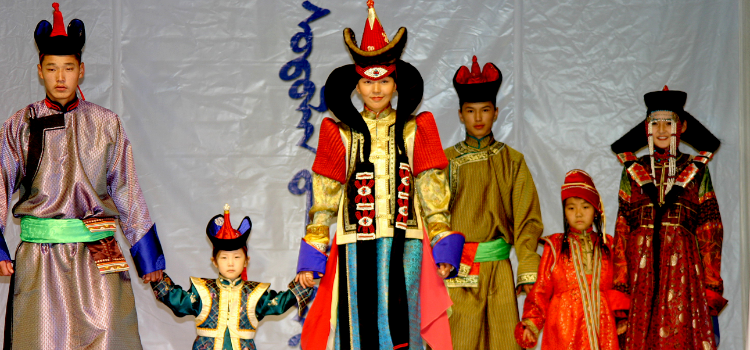04
Posted By : Admin/871
Mongolians are still roaming the vast grasslands with no fences and living in the traditional felt covered gers. For 3,000 years, the “five animal” people of the steppes have adopted a pastoral way of life moving in the search of best pastures and in step with seasonal changes. They live by their livestock known as the five muzzles that include horses, camels, sheep, goats, and cows.
Nomadic life thrives in summer and survives in winter. Considering climatic conditions, especially during winter, such lifestyle may seem to the outside world to be a very hard way of living. However, Mongolians have developed for centuries such qualities as strength and resilience that are essential for survival in this harsh nature, which is their cherished homeland. Mongolia is the land of the horse. Any nomad can ride as well as he or she can walk or run.
Small Mongolian horses are incredibly resistant. They live all year around in semi-wild herds, gathered only for the draft and the capture. They are partially watched over by herdsmen to defend only against the wolves in winter.
Apart from being used for riding and inheritance, the horse gives the nomads their preferred drink - airag, which is fermented and slightly alcoholized mare’s milk.
Yaks and cows bring meat, leather and milk, which is used for making a variety of diary products such as yoghurt, cheese and aaruul (or dried cheese) that constitute the main diet of nomads during the summer months. Aaruul, which represents cheese balls of different shapes and sizes dried on the roof of the ger, is especially popular and is consumed all year round.
Sheep is the most universal animal used for meat and milk, the basic food of nomadic lifestyle, skins and wool for clothing and felt for ger covering.
Goats are more difficult to raise than sheep, but they are appreciated for their meat and especially cashmere, goat’s down, one of the highly valued natural fibers. Mongolia is one of the largest producers and exporters of the finest quality cashmere in the world.
Two-humped Bactrian camels are used in Gobi for meat, milk, wool as well as for riding and as a carrier for long distance movements.
Nomadic families often gathered in groups move generally in the radius of 50 to 100 kilometers, at least twice a year, in spring (May) and at the beginning of winter (October). However, more significant displacements are sometimes necessary in the search of better pastures. Uvuljuu or winter camps are located in areas that are naturally sheltered from wind and are equipped with barns for the animals to stay for the night.
Mongolian Ger
This is Mongolian “house, home” is referred as the White Pearl of the Steppe. It is not only practical in daily use but holds many meanings for Mongolians. The ger or yurt in a Turkish language,
The Mongolian ger has to key components: the wooden frame work and the the felt cover, the wooden framework is known as khana, the central support columns as uni, the smoke hole is toono. Eighty - eight separate wooden poles each measuring around 1,5 meters are used for the ger frame, with just to central columns supporting the entire structure. Without its felt and canvas covering the naked frame looks something like an umbrella without its sheath.
It's around shape keeps the Ger. resilient to Mongolia 's ferocious winds, while it felt is rapidly drying material for when it rains or snow melts.A high percentage of the Mongolian population retains a nomadic lifestyle and yurts can be seen throughout the country, whether on the steppes, the Gobi Desert, or the mountainous regions in Central and Western Mongolia.
The interior organization of ger is identical everywhere: the door faces the south, the men’s place is in the west part, the north side is the place for honoured guests or old people as well as the place for the family altar, the east side is the women’s territory. The stove occupies the center of the ger.

